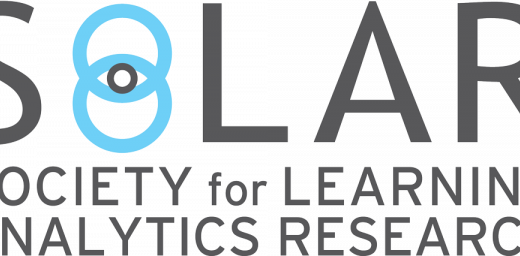An edited volume by
Muhittin Sahin (Ege University, University of Mannheim) and Dirk Ifenthaler (University of Mannheim, Curtin University)
to be published by Springer, Cham
Introduction
Learning analytics involve collecting, analyzing, measuring and reporting data in learning environments in order to improve learning environments (Siemens & Gasevic, 2012). Learning analytics applications such as visualizations and dashboards are being developed that use learner-generated data and other relevant information to personalize and continuously adapt the learning environment (Schumacher & Ifenthaler, 2018). Visualizing are expected to create awareness and reflection among learners (Verbert et al., 2014). Functions of visualizations include exploration, discovery, summarizing, presenting, and enjoying (Munzner, 2014). The visualization is applied in digital learning environments via dashboards. (Yoo et al., 2015). Current research on dashboards aim to identify which data are meaningful to different stakeholders in education and how the data can be presented to support learning processes (Schwendimann et al., 2016). The objectives of dashboard studies are as follows: a) to increase awareness about the learning process, b) to support cognitive processes, c) to identify students at risk, d) to provide immediate feedback, e) to display achievement level, f) to provide procedural information, g) to support decision making, h) to inform, i) to show participant relationships, j) to compare, and k) to reflect (Sedrakyan, Mannens, & Verbert, 2019). Most visualization techniques stem from statistics, including bar charts, line graphs, tables, pie charts, and network graphs (Schwendimann et al., 2016).
With this edited volume it is thought that deficiencies existing in the literature on visualization and dashboard designs for learning analytics can be limited. It is planned to present important guidelines to stakeholders. The tentative topics of the book are as follows:
- Visualization and dashboard design for learning analytics
- Visualization and dashboard preferences of stakeholders
- Acceptance and usability of visualization techniques and dashboard designs
- Effectiveness of dashboard and intervention designs
- Privacy and security issues of dashboard implementations
- Future directions of visualizations and dashboards for learning analytics
This edited volume is part of the Advances in Analytics for Learning and Teaching book series (https://www.springer.com/series/16338) and will focus on epistemological, theoretical and empirical issues of visualizations and dashboards for learning analytics.
Call for Proposals
Prospective authors (co-authors are welcome) are invited to submit a chapter proposal, including title, authors, affiliations, abstract (max. 300 words), five keywords, three key references and a description of how the chapter fits the theme of the book (see above), no later than 15 October 2020 to Dirk Ifenthaler (dirk@ifenthaler.info).
The proposed chapter should be a previously unpublished work. Upon acceptance of the chapter proposal, the chapter should be completed no later than 31 January 2021. Contributions will be blind reviewed and returned with comments by 15 March 2021. Finalised chapters are due no later than 01 May 2021. Guidelines for preparing chapters will be sent to authors upon acceptance of the proposal.
Timeline
The following represents a timeline for completing the edited volume:
- 15 October 2020: Proposal due including title, authors, affiliations, abstract, keywords, references, theme
- 05 November 2020: Notification and additional information for accepted authors
- 31 January 2021: Draft chapters due
- 15 March 2021: Chapters returned with reviewers’ comments
- 01 May 2021: Final chapters due
Please forward your inquires and submissions to:
Professor Dirk Ifenthaler
University of Mannheim and Curtin University
Email: dirk@ifenthaler.info


